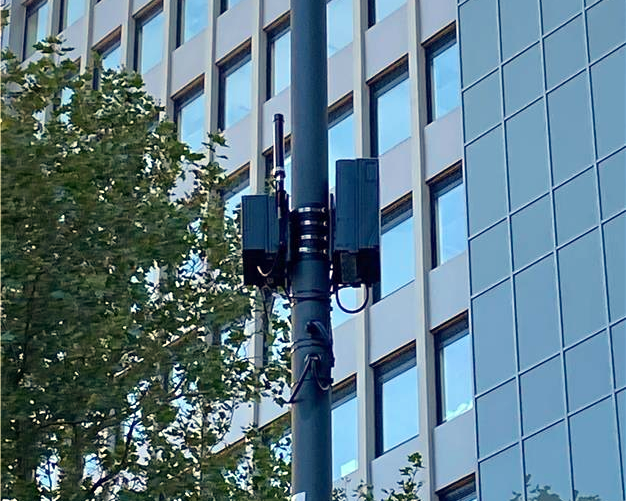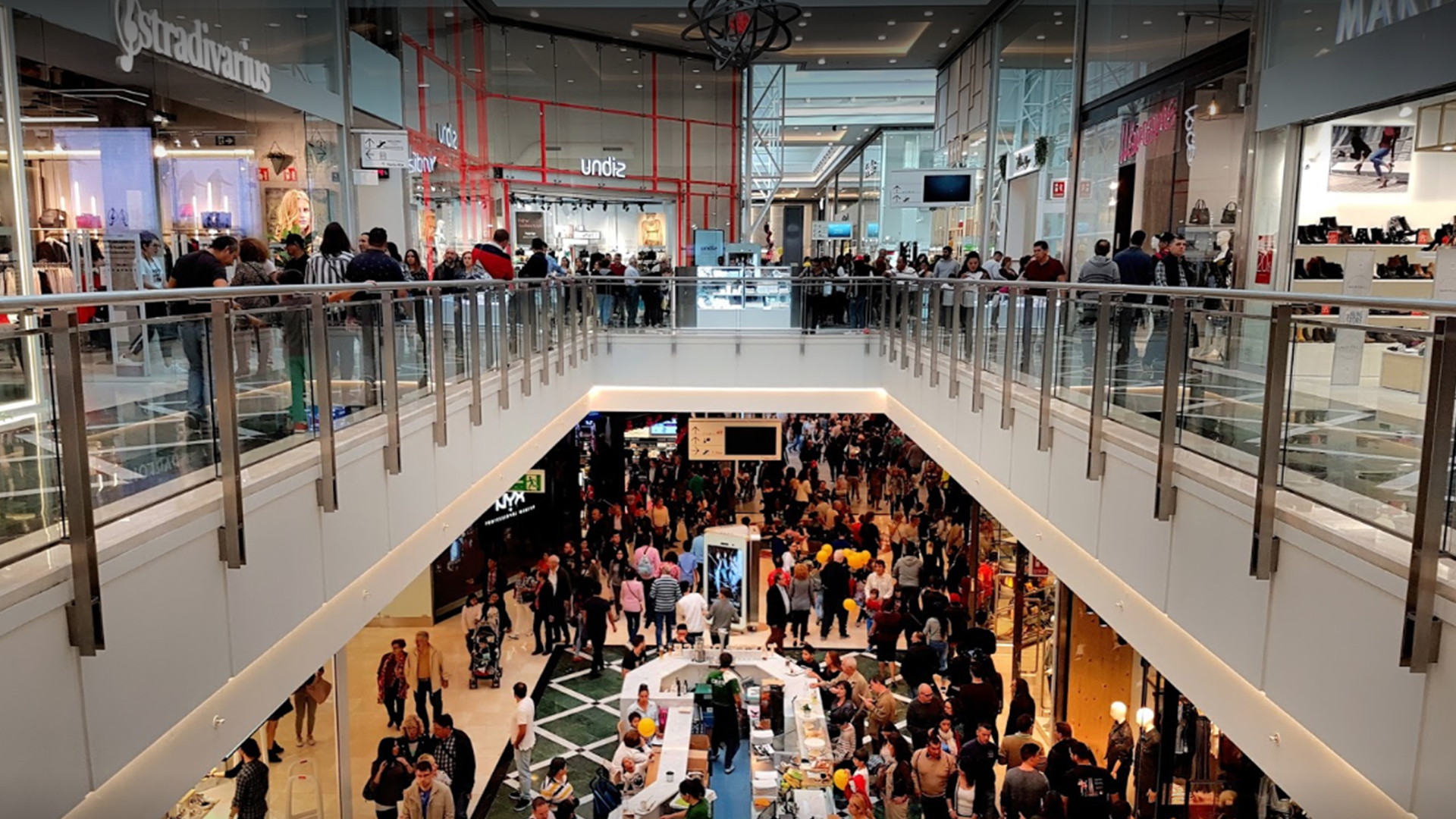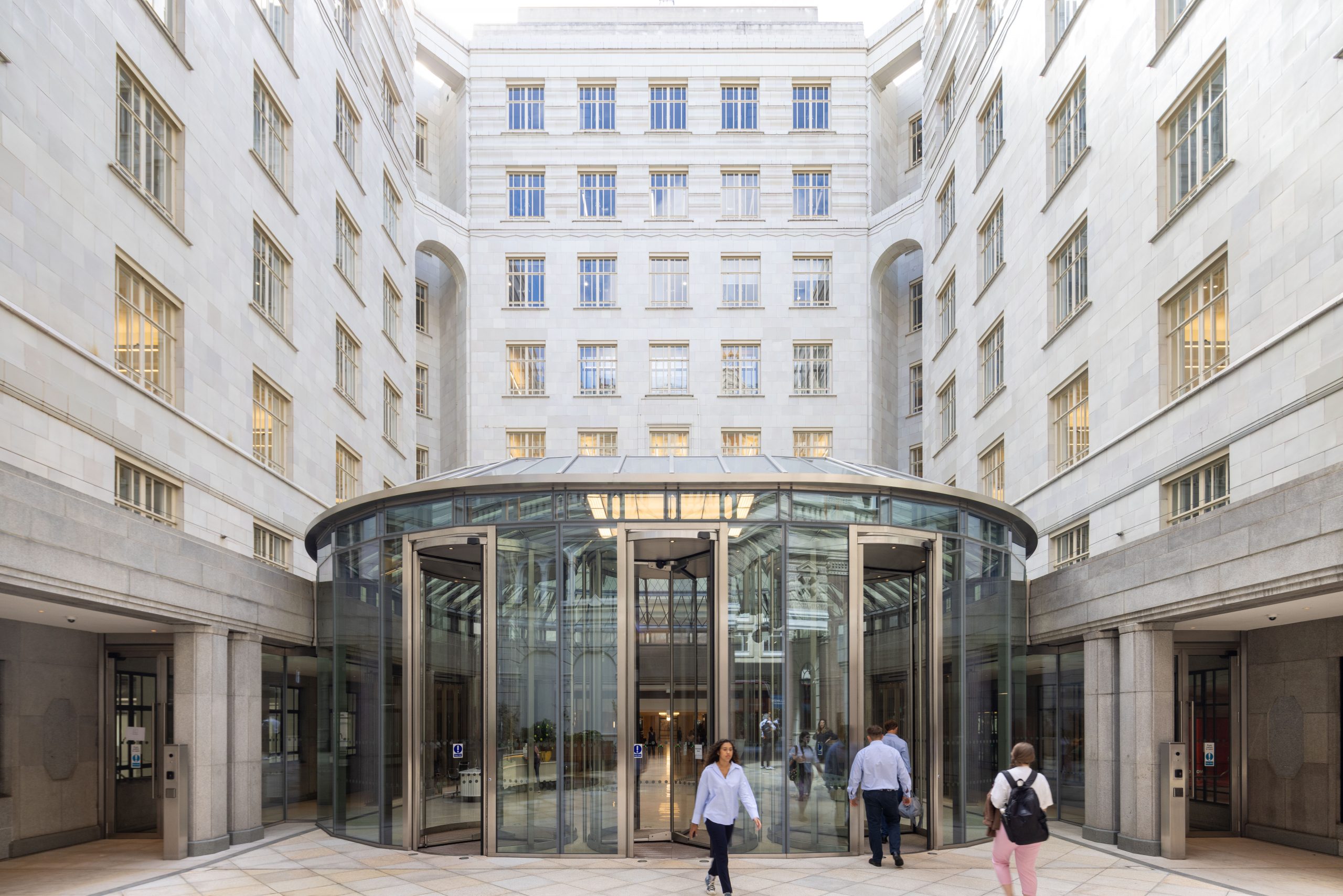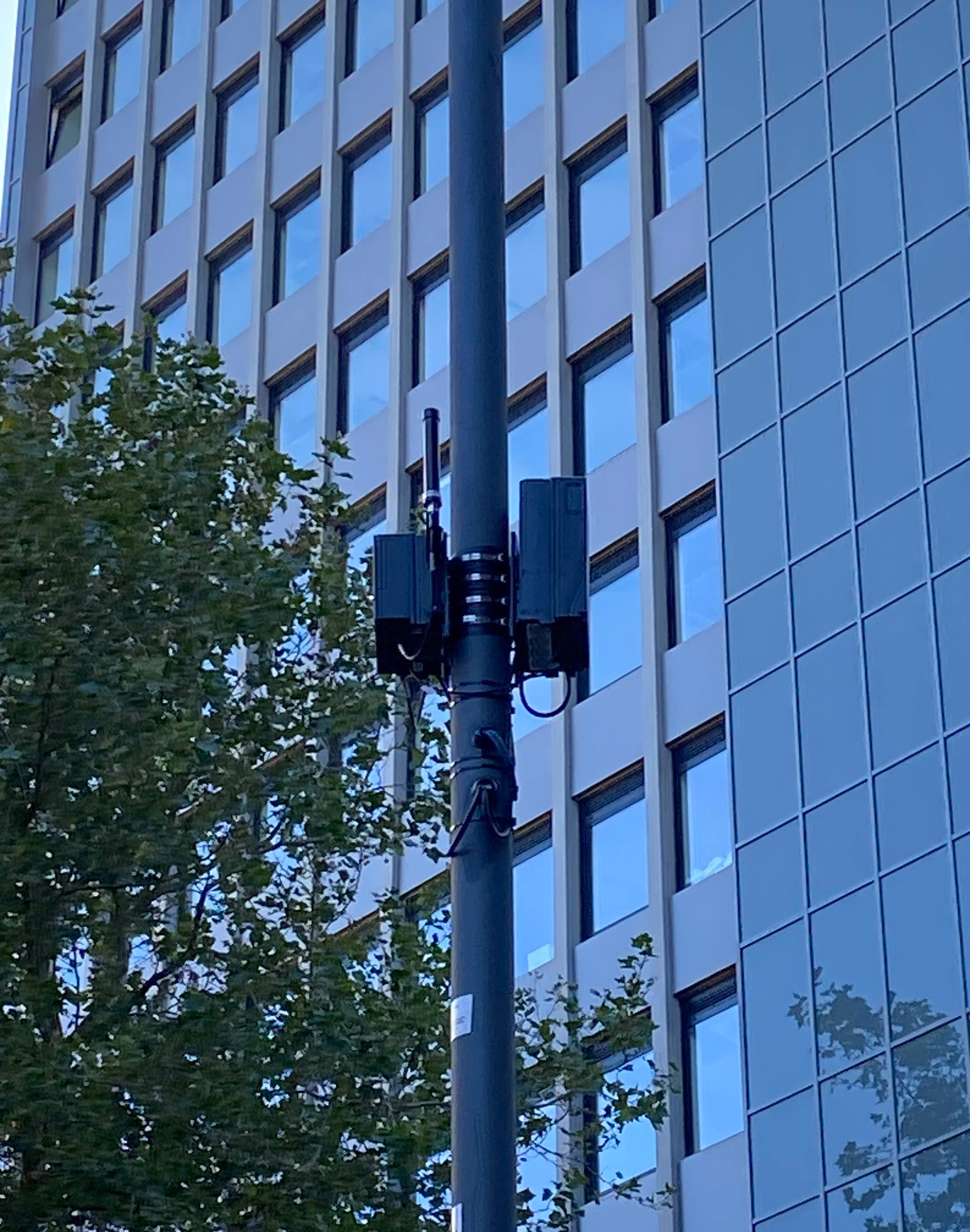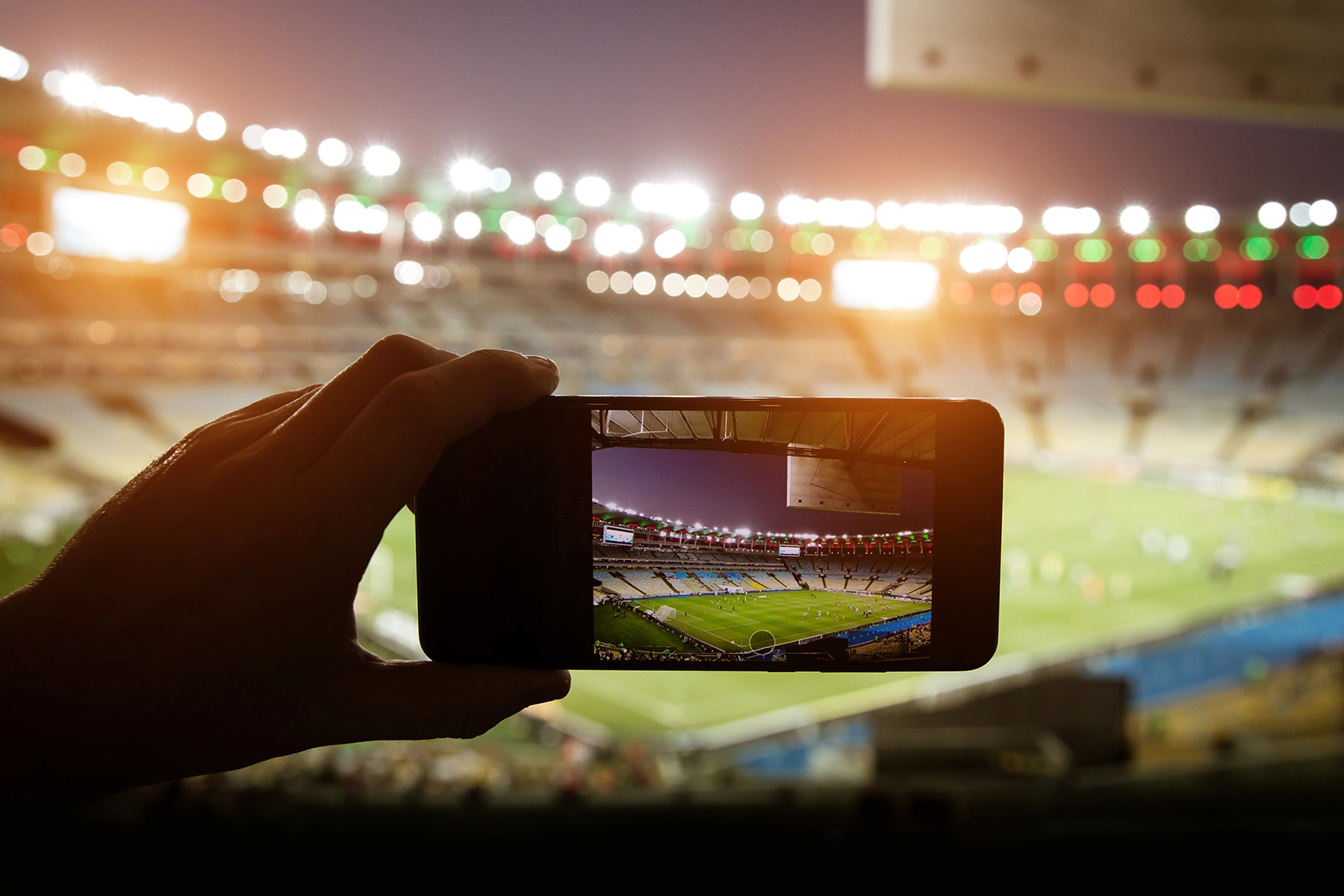Mediacentre

- 21 Oct 2024
- ·
- UK
DAS Systems & Solutions: A Beginners Guide
In an era where data demands continue to grow, seamless connectivity is not just a convenience, it’s a necessity. Enter Distributed Antenna Systems (DAS), a proven technology for solving mobile coverage gaps and delivering the additional network capacity required.
Most commonly used indoors, for buildings of all types, DAS systems have become a vital tool for communication infrastructure, ensuring robust coverage, enhanced capacity, and unparalleled reliability.
What is a Distributed Antenna System?
A Distributed Antenna System (DAS) is a network of antennas that are strategically placed throughout a building or area to enhance wireless coverage and capacity.
DAS systems are used to improve in-building cellular and wireless communication signals in areas where there may be weak or no coverage, such as commercial property, stadiums, or transportation hubs with high population density.
What are the core components of a DAS system?
The core components of a DAS system include a central hub or master unit, radio units, antennas, and structured cabling. The master unit connects to the carrier’s network and manages the distribution of signals. Antennas, are strategically placed throughout the building to provide optimal coverage.
These antennas are connected to radio units, which in turn are connected to the master unit by high-capacity fibre optic cables, ensuring transmission of signals with minimal loss.
Types of DAS Systems
There are several types of DAS systems that are used to improve wireless coverage and capacity in various environments. Here are some common types:
Active DAS
Active DAS consists of multiple remote units that are connected to a central hub or master unit.
The master unit is responsible for processing and distributing the signals to the remote units, which then send radio signals to the antennas, providing the coverage to the antennas throughout the building or area.
Passive DAS
Passive DAS uses coaxial cable to distribute wireless signals. It does not require any active components such as remote units or amplifiers.
Instead, it relies on passive components such as splitters, couplers, and antennas to distribute mobile signals to provide the required coverage.
Indoor DAS
Indoor DAS is designed specifically to improve wireless coverage and capacity inside buildings, such as offices, shopping centres, stadiums, and hospitals.
It helps to overcome the challenges of weak signals caused by thick walls, metallised glass, interference from other devices, and large user densities in confined spaces.
Outdoor DAS
Outdoor DAS systems are sometimes used to enhance wireless coverage and capacity in outdoor areas such as campuses, parks, and cities. It involves the installation of antennas and remote units on lampposts, or other structures to provide mobile coverage and capacity to the required area.
Another solution used to tackle capacity pinch points or areas of congestion are outdoor small cells.
Neutral Host DAS
A DAS system is traditionally fed with signals provided by each mobile network operator (MNO) from base stations located on-site. The latest industry specifications now allow Neutral Hosts such as Cellnex UK to provide these signals and connect to the MNO network through the neutral host data centre.
This approach – best suited to mid-sized buildings – minimises the equipment required on site, reduces power consumption, and makes the installation a simpler and less disruptive process.
The benefits of a DAS System
A DAS system provides several key benefits that contribute to enhanced wireless communication in various environments.
DAS delivers dedicated capacity as well as coverage to areas with no mobile service, allowing networks to support a larger number of users and devices simultaneously.
By distributing the load among multiple antennas, DAS systems reduce congestion and minimise the risk of network unavailability during peak usage times.
Applications of a DAS system
From the business needs of office buildings, to the fan experience in stadiums, or for keeping travellers connected in transportation hubs, a DAS system has many applications across diverse industries and scenarios.
Office Buildings
DAS systems are deployed in office buildings to improve mobile coverage and capacity, ensuring that employees and visitors can stay connected seamlessly throughout the building, and never miss that crucial call.
Hotels and Resorts
DAS is used to provide guests in hotels and resorts with reliable mobile signal throughout the venue, supporting communication, entertainment, and business needs.
Airports
DAS systems are used in airports to enhance connectivity for both passengers and airport staff, ensuring seamless coverage in terminals and other areas.
Railway Stations
DAS helps maintain connectivity in railway transportation hubs, ensuring passengers can use their mobile devices without interruption.
Hospitals
In large healthcare facilities, DAS solutions help to ensure consistent and reliable wireless communication, which is vital for medical staff to communicate effectively, access patient records, and use medical equipment wirelessly.
Stadiums and Arenas
DAS systems are crucial in large sports venues to enable the handling of data-hungry mobile users during events, allowing fans to stay connected and share their experiences in real-time.
Shopping Centres
Retail environments often deploy DAS solutions to provide shoppers with enhanced mobile connectivity, improving the overall shopping experience.
University Campuses
DAS is implemented in educational institutions to provide students, faculty, and staff with reliable wireless connectivity, supporting communication and educational technology.
Government Buildings
DAS systems are deployed in government buildings to provide secure and reliable communication for various agencies and departments.
How can Cellnex UK improve your connectivity?
At Cellnex UK, the indoor coverage experts, we can supply a purpose-built, fully managed, In-Building Solution delivering mobile coverage and capacity throughout your building, whatever industry you’re in.
For more information, visit our In-Building Solutions page. Alternatively, you can contact us today, and we will help find the best solution for you.
Case study: The OWO and Raffles Hotel, London
Located in the heart of Whitehall, the Old War Office is a Grade II* listed building that’s been meticulously restored and extended. Renamed The OWO, this landmark destination houses an iconic 120-bedroom Raffles Hotel, 85 luxury private residences, boutique shops, and more.
Cellnex worked hand in glove with the site’s construction teams to design and deliver the required connectivity infrastructure into the fabric of the building whilst the refurbishment programme progressed. By making its inbuilding infrastructure ‘invisible’ to the naked eye, Cellnex was able to ensure the visual integrity and aesthetic of the historic building was never compromised.
Read the full case study here.
DAS System FAQs
How does a DAS system work?
A DAS system is a network of antennas and other equipment designed to transmit and receive cellular signals using frequencies licensed by a mobile network operator.
This technology enhances voice and data connectivity for end-users, contributing to improved overall network performance.
How does DAS differ from traditional cell towers?
DAS systems are designed to provide more targeted and localised coverage, especially inside buildings.
Traditional cell towers cover larger geographic areas but may struggle with capacity in densely populated locations, or fail to penetrate into buildings due to urban clutter and/or their method of construction.
Are DAS systems suitable for a large enterprise?
DAS can be beneficial for large enterprises. The specific implementation should be carefully planned to align with the organisation’s unique requirements.
Conducting a site survey and working with experienced professionals can help ensure the successful deployment of a DAS system tailored to the enterprise’s needs.
How is a DAS system maintained and upgraded?
Maintenance involves monitoring the DAS system for performance, optimising, troubleshooting issues, and taking corrective action where required.
Upgrades may include adding more antennas, updating technology, or expanding coverage.
Are there any regulatory considerations for DAS deployment?
All mobile telecommunications installations need to comply with internationally recognised RF safety standards. Additionally, in the UK, there is an industry specification for DAS systems known as JOTS, the joint operator technical specification.
With a DAS solution from Cellnex UK, we meet all necessary requirements, and manage relationships with mobile network operators so you don’t have to.















